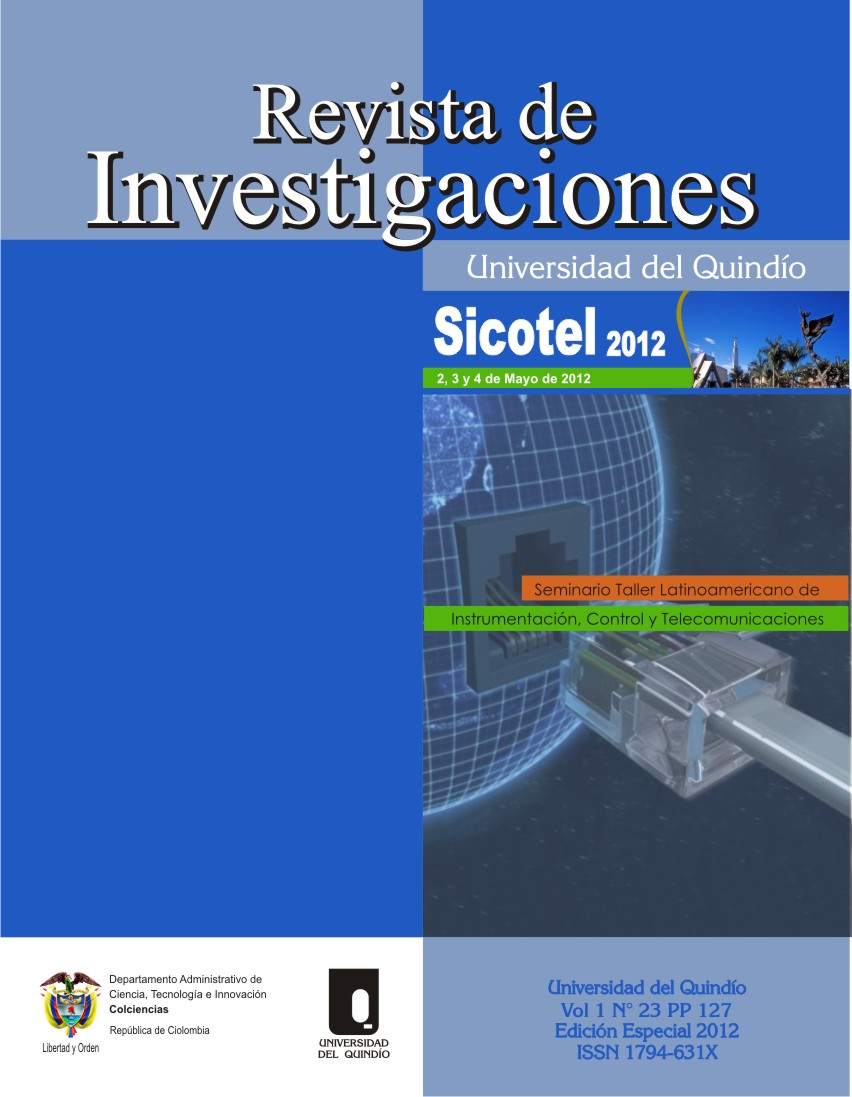Diseño digital de una repetidora de emisión DVB-T
DOI:
https://doi.org/10.33975/riuq.vol23n1.426Palabras clave:
DVB-T repeater, Frequency translation, Sample Rate Change, Digital Frequency ConversionResumen
In this paper, an optimal signal processing design scheme is proposed for a digital broadcast DVB – T in Digital Terrestrial Television Broadcasting (DTTB) networks. The proposed scheme consists of two stages. In the first stage (input stage), a mixer performs a Frequency Down Conversion to translate the radio signal to IF band, then, an interpolator and decimator perform the processing to change the sample rate for the AFC block. The second stage (output stage) comprises one interpolator to change the sample rate at desired rate, and one mixer to return the signal frequency to RF band. Simulations show that the proposed scheme decrea-ses the operations compared to the conventional design schemes. Additionally, implementation constraints are identified for each stage according to design requirements. Finally, some comments are presented in order to identify limitations and practical design issues in the proposed system.
Descargas
Descargas
Publicado
Cómo citar
Número
Sección
Licencia

Esta obra está bajo una licencia internacional Creative Commons Atribución-NoComercial-SinDerivadas 4.0.


